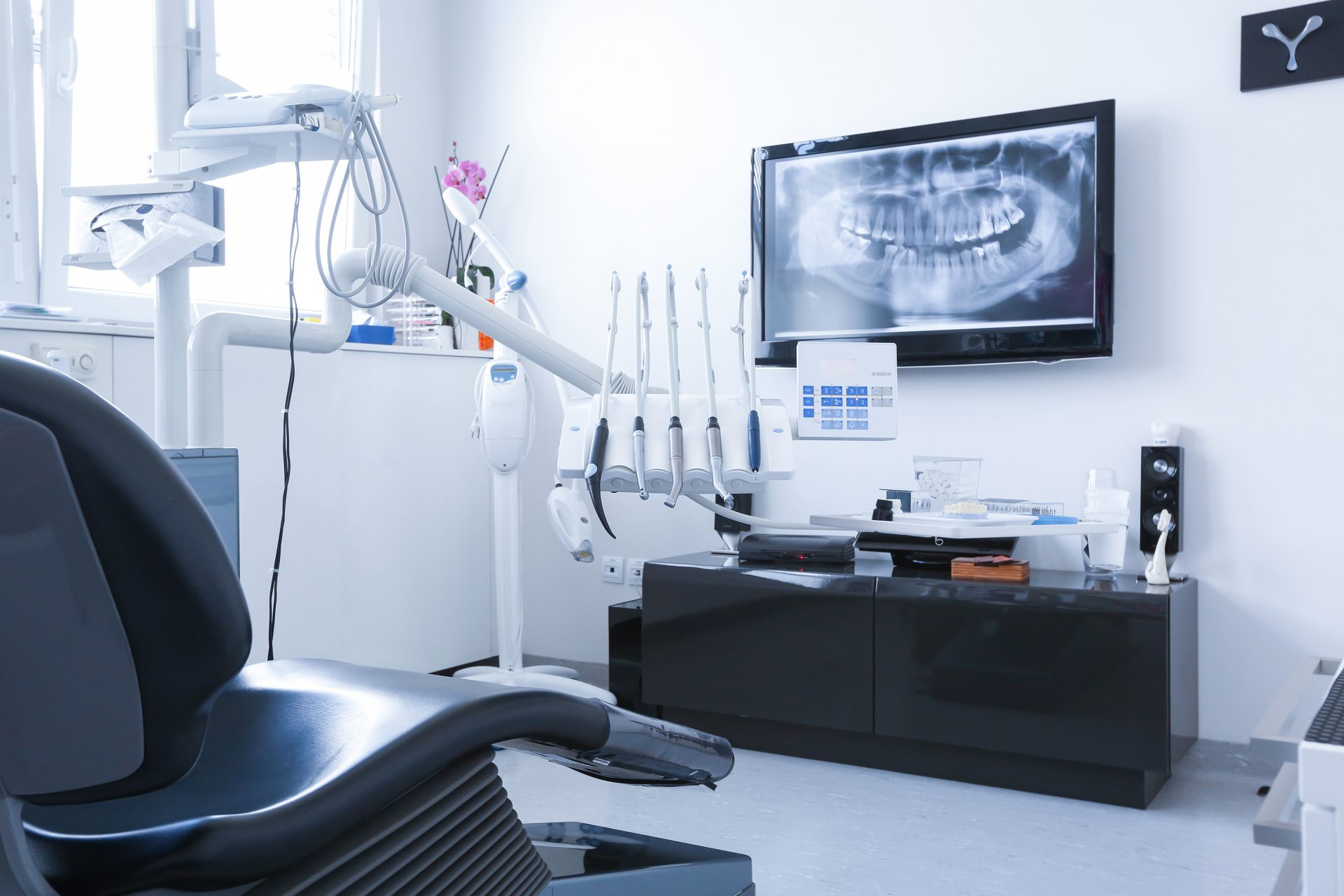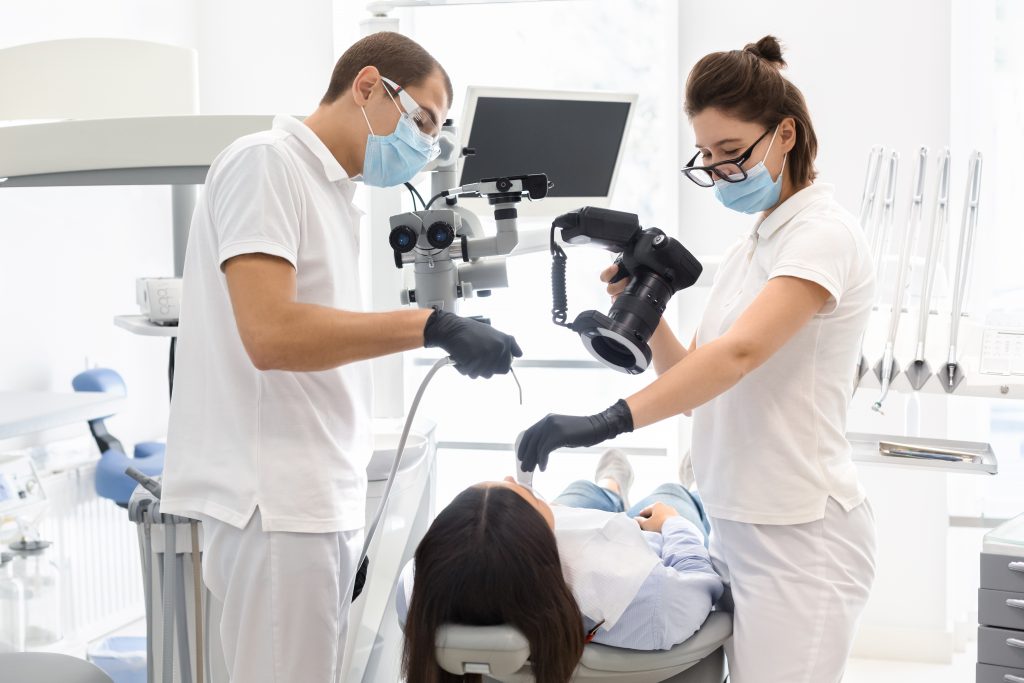
Volume 8, Issue 13, August 24, 2021
Few dentists are aware of the market value of their dental practice. Moreover, most don’t understand how industry experts (e.g., accountants, bankers, dental practice brokers, and buyers) determine the value of dental practices.
In this column, I'll be helping you better understand how the value of a dental practice is determined. Let’s begin with some of the key performance indicators that buyers look for when evaluating dental practices.
Revenue growth. Buyers like to see growing revenues as it indicates future value growth opportunities. As such, buyers are willing to pay a premium for practices with growing revenues, as long as the growth is sustainable into the future. Stable growth practices will be valued in the mid-range of market pricing, while negative growth practices will be valued at a discount. Buyers won’t usually pay for unproven growth, where sellers boast that their practice has significant growth potential but they haven’t taken advantage of it.
Profitability and cash flow. Buyers seek a return on investment commensurate to the riskiness of the investment. The five-year industry average net income, as a percentage of revenue, was 9.10%. Similarly, the five-year industry average of earnings before interest, taxes, depreciation, and amortization (EBITDA, which is similar to cash flow for companies with low annual capital expenditures) was 18.30%. EBITDA is often used as a surrogate of cash flow. Cash flow is the most important indicator of value in the eyes of buyers.
Fixed expenses vs. variable expenses. Fixed expenses, such as rent, utilities, labor costs, and insurance, don’t change based on a practice's production level. As such, the lower the percentage of fixed cost relative to variable cost, the greater the potential for higher cash flow as revenues grow. Also, practices with lower relative fixed expenses are less risky than practices with high relative fixed expenses. As a benchmark, fixed expenses should be less than 60% of all expenses.

Average profit per patient. Astute owners and senior practice staff should be aware of the profitability of each service provided to each patient. High-profit services and high-profit patients should be prioritized to maximize profits. Moreover, since the profitability of new patients usually exceeds existing patients, onboarding new patients must be a high priority. Buyers will be keenly interested in the total number of patients, the number of new patients, and existing patient tenure/attrition.
Collections. Buyers are interested in a practice's collection rate. A good rule of thumb is a collection rate of 98% of all money owed to the office after insurance adjustments and other discounts.
Staff compensation and turnover. The five-year industry average for salaries and wages (not including owner compensation) is 20.6% of revenue and 16.7% for 2020. While the percentage of salaries and wages is important, so is employee turnover. Although it’s typical that tenured employees received higher compensation than newer employees, tenured employees often create more value because they have adapted to an organization's culture and possess a strong understanding of the policies and processes, which results in increased productivity (i.e., tribal knowledge).

Buyers look at the qualitative and quantitative aspects of a particular practice in determining value. The qualitative aspects of a practice impact the quantitative results of the practice’s performance.
The two most widely used valuation methods for valuing dental practices are the market approach and the income approach, either capitalization of earnings or discounted cash flow.
The income-based methods factor tangible and intangible assets of a practice, then apply a rate of return to the earnings stream. These dental practice valuation formulas work best for practices that have a strong patient base and proven track record of solid revenue and growth. Buyers put a significant value on future earnings and a healthy, growing patient base.

If you're thinking of selling your dental practice, you should know the following:
Smart buyers weigh risks versus rewards when considering the purchase of a company. Key trends in the industry that impact risk are as follows:

Pricing rules of thumb are a quick but somewhat inaccurate way of estimating value. One of the rules of thumb is that dental practices are priced by buyers at 60.0% to 80.0% of annual revenue. The problem with this method is that some practices are more profitable and have more growth opportunities than average. As such, those practices should be priced higher than average. Moreover, larger practices sell for higher relative purchase prices than smaller practices.
Accordingly, buyers most often determine an offering price based on a multiple of normalized or adjusted cash flow. Adjustments to cash flow include nonrecurring expenses, such as one-time legal fees, and discretionary expenses, such as charitable contributions, owners’ compensation, and owner-related personal expenses.
Market multiples refer to the estimated purchase price, or enterprise value, related to adjusted cash flow. The typical range of market multiples for dental practices is 2.5x to 4.5x of adjusted cash flow. A particular provider falls within the range based on quantitative factors, such as historical and projected financial performance, and qualitative factors, such as location, the remaining term of property lease, employee turnover, type, technology, and age of equipment. Moreover, size matters, as larger revenue practices attract more buyers than smaller practices.
The following are estimated market multiples of cash flow for dental practices by revenue, assuming positive qualitative qualities:
For example, a practice with $4.5 million in annual revenue and $900,000 in adjusted cash flow (20% adj. cash flow margin) would have a market value in the range of $3.1 million to $3.6 million.
There are outlier market multiples in unique merger and acquisition (M&A) transactions where optimal buyer/seller synergies push valuations above the norm. Moreover, market multiples change over time depending on the overall economy, regulatory and reimbursement modifications, and industry trends.
Please note that using market multiples is an excellent way to estimate a company's value. It is most often accompanied by using a discounted cash flow approach. The discounted cash flow approach estimates a company's value by calculating the future cash flows expected from the company and putting the future cash flows into today's dollars. However, the market multiple approach provides a reasonable shortcut for estimating the value of a company.
Capital expenditures other than ongoing maintenance capital expenditures are expenses expected to generate future benefits, such as the cost of purchasing new dental equipment and information technology equipment. Future projected capital expenditures decrease cash flow to buyers. Buyers typically subtract future expected annual capital expenditures from adjusted cash flow to estimate future cash flows. A decrease in cash flow will lead to a lower purchase price.
Owners of dental practices who have properly prepared their company for sale will find a robust market of eager buyers willing to pay for value. Market conditions are currently very favorable to sellers/owners. If you'd like to know the market value of your practice or if you're ready to talk about selling your practice, please feel free to reach out to me directly.
References
IBISWorld Reports

David is a seasoned commercial and corporate finance professional with over 30 years’ experience. As part of the VERTESS team, he provides clients with valuation, financial analysis, and consulting support. He has completed over 150 business valuations. Most of the valuation work he does at VERTESS is for healthcare companies such as behavioral healthcare, home healthcare, hospice care, substance use disorder treatment providers, physical therapy, physician practices, durable medical equipment companies, outpatient surgical centers, dental offices, and home sleep testing providers.
David holds certifications as a Certified Valuation Analyst (CVA), issued by the National Association of Certified Valuators and Analysts, Certified Value Growth Advisor (CVGA), issued by Corporate Value Metrics, Certified Merger & Acquisition Advisor (CM&AA), issued by the Alliance of Merger & Acquisition Advisors, and Certified Business Exit Consultant (CBEC), issued by Pinnacle Equity Solutions. Moreover, the topic of his doctoral dissertation was business valuation.
David earned a Doctorate in Business Administration from Walden University with a specialization in Corporate Finance (4.0 GPA), an MBA from Keller Graduate School of Management, and a BS in Economics from Northern Illinois University. He is a member of the Golden Key International Honor Society and Delta Mu Delta Honor Society.
Before joining Vertess, David spent approximately 20 years in commercial finance, having worked in senior-level management positions at two Fortune 500 companies. During his commercial finance career, he analyzed the financial condition of thousands of companies and had successfully sold over $2 billion in corporate debt to institutional buyers.
He is a former adjunct professor with 15 years' experience teaching corporate finance, securities analysis, business economics, and business planning to MBA candidates at two nationally recognized universities.